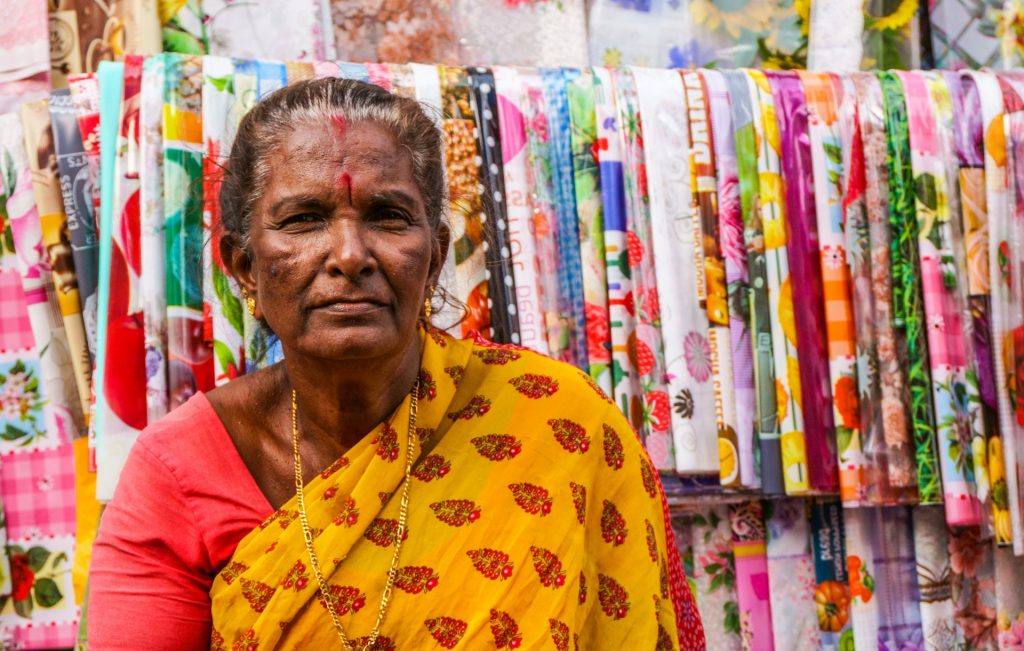The goal of every project is to somehow help people or make the world a better place. But often proposals focus on the numbers and details and loose the humanistic perspective they were originally planned for. When used effectively, case studies in proposals provide context and connect emotionally with the reader.
Case studies involve looking at one particular instance in-depth and then showing how this instance relates to the wider trend. For example, one case study may focus on one mother and see how the lack of clean water affects her and her family, then extrapolating these results to include many other mothers like her.
Case studies can be included in proposals, reports, evaluations, research, marketing, even for social media. This article will focus on how NGOs can write case studies based on beneficiaries to add a personal touch to proposals. Our next article will focus on siting scientific case studies for evaluations and research, which is more technical in nature.
Case studies as stories
When you set out to write a case study, try to frame it as a story. A basic case study as a story should have a main character, a problem, and a solution. The main character should be a project beneficiary, the problem should match the issue identified in the project, and the solution should be achieved with the help of the project. There are thousands of ways to vary this story structure, but the basic premise still holds.
A good NGO case study…
- Emotionally engages the reader
- Paints a clear picture of the problem and the necessity of the solution
- Proves the quality of the project or NGO
- Raises awareness
- Convinces the reader to take action
- Is memorable
- Is easily shared
Adding case studies to proposals
While case studies are typically not required in proposals, they can be a powerful means of telling stories. They are also flexible and can take many forms. For this reason, a case study in a proposal is typically not much longer than half a page. A case study can be presented in a side box, disbursed throughout another section like the project rationale or given its own heading.
Some case studies for marketing purposes may be as short as one sentence:
“Thanks to our help, Neha and hundreds of children like her now have official identification papers, allowing them access to an education and healthcare.”
This example would not be suited to a research paper on the effects of birth registration, but it sends a strong message in an NGO proposal.
A good case study can make the proposal more interesting to read while simultaneously highlighting the context, project rationale and effectiveness of the implementing organization.
Keep in mind
In proposals, a case study often reads more like a personal story than a research study. While this gives NGOs a little more flexibility with the formatting, it is still very important for NGOs to conduct proper research before writing a case study. Additionally, it is very important to obtain permission to share the case study’s subject story, and preserves their dignity and privacy. For example, a case study about a torture survivor may require changing names or otherwise anonymizing the identities of those involved.

